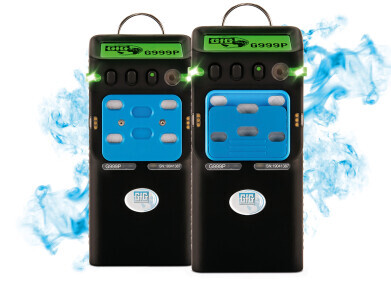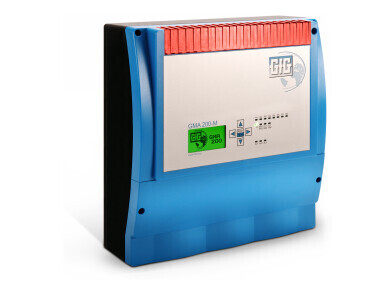Safety
How Does Augmented Reality Help with Predictive Maintenance?
May 26 2021
Despite a steady climb in oil prices driven by strong US economic data and alleviated concerns about a spike in Iranian supply, maintaining efficiency remains a top priority for energy producers. Predictive maintenance (PdM) is one of the most effective ways to maximise uptime and reduce the risk of operational failure.
Over the past few years augmented reality has modernised PdM and reimagined the way engineers maintain and service equipment. Read on to find out more about how the digital technology is helping the oil and gas sector detect trends, analyse patterns, schedule servicing and ultimately, prevent breakdowns before they happen.
Defining predictive maintenance
Also known as condition-based maintenance, PdM describes the process of actively monitoring the performance and condition of equipment to minimise the risk of downtime. The industrial sector has been utilising predictive maintenance since the 1990s and it’s considered a fundamental process in the oil and gas sector. With the right PdM procedures in place, producers and refiners can gain early insight into equipment failures months, weeks and even days before breakdown.
Defining augmented reality
Augmented reality (AR) describes the art of overlaying digital data with real world information. The technology has gained major traction in the gaming and entertainment sectors, though its industrial applications are also significant. Below, we explore some of the ways AR has helped advance predictive maintenance and improve uptime percentages.
Detecting trends
One of the most common uses for augmented reality is trend detection. For example, AR software could use data from the past few weeks to detect a subtle pressure change in a duct. This slow but steady pressure change can then be used to identify a deposit build-up and alert engineers the duct will need to be cleaned in six months. Without augmented reality, the deposit build-up would continue to grow until the duct eventually failed and forced the plant to temporarily shut down. Even small shutdowns can have a big impact on productivity and profitability, making AR a valuable tool for the oil and gas sector.
Artificial intelligence has a big role to play in augmented reality, with machines used to assess data, detect trends and draw conclusions. In the face of economic volatility, the value of AR is growing and an increasing number of producers are leveraging the benefits. Find out more from David Lincoln on behalf of ABB Ltd in ‘Augmented Reality set to take maintenance to new heights’.
Digital Edition
PIN 25.1 Feb/March
March 2024
In This Edition Safety - The technology behind the ION Science Tiger XT - Safety with ammonia and LOHCs as hydrogen carriers Analytical Instrumentation - Discussion on new tribology te...
View all digital editions
Events
Apr 22 2024 Hannover, Germany
Apr 22 2024 Marrakech, Morroco
Apr 22 2024 Muscat, Oman
Apr 22 2024 Rotterdam, Netherlands
Apr 23 2024 Singapore


.jpg)















